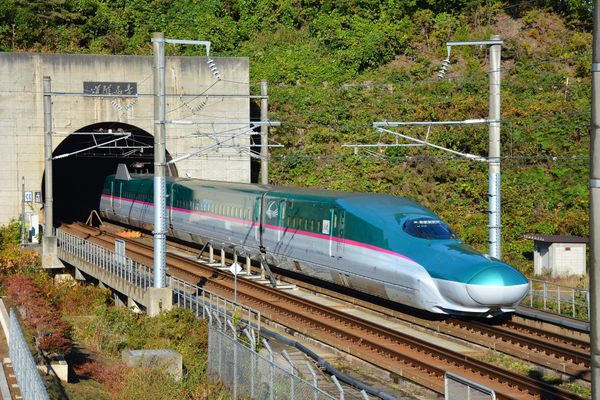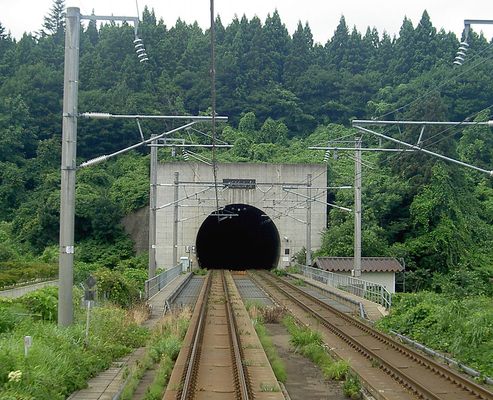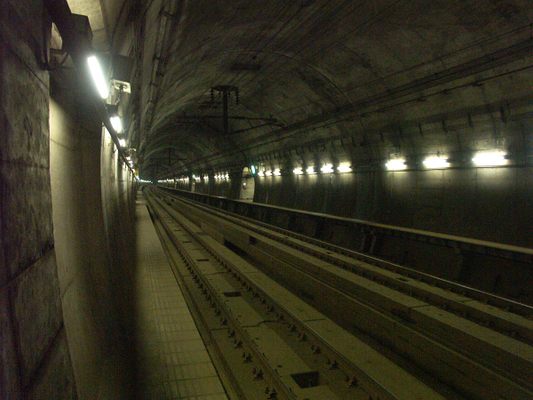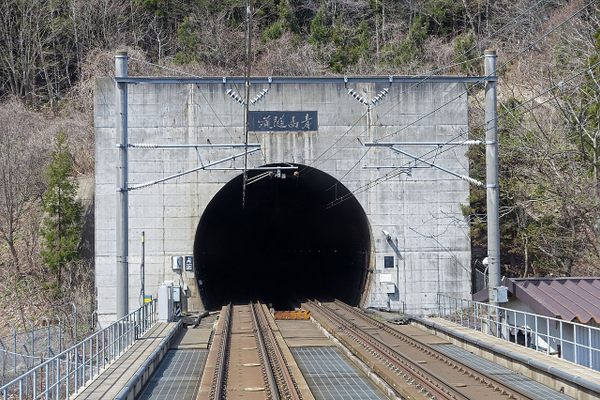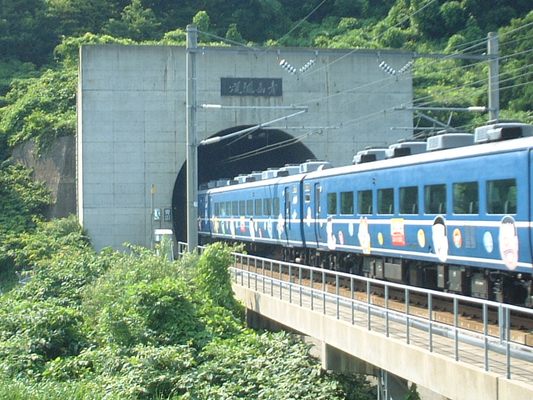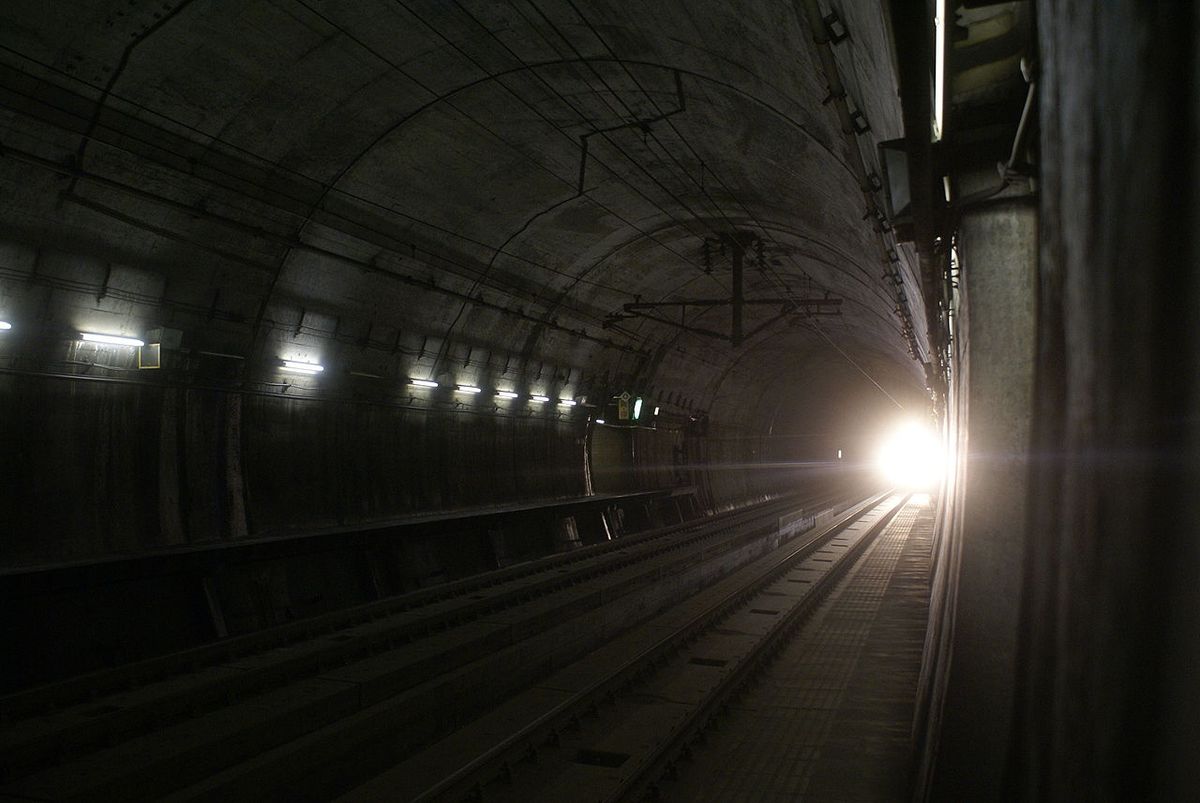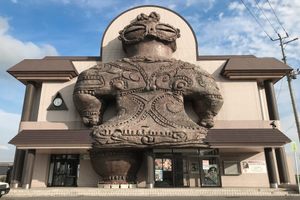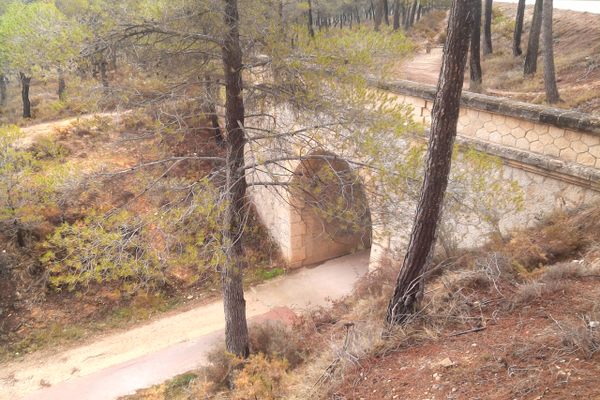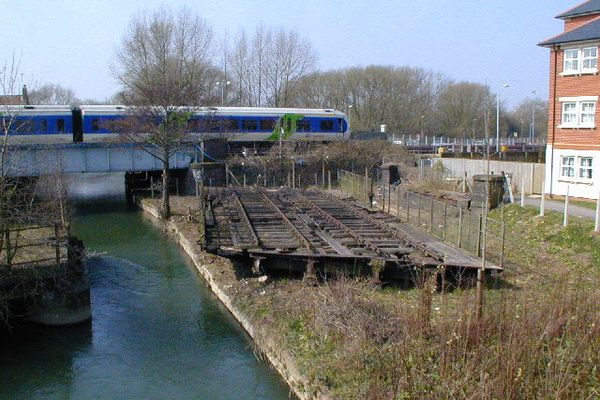About
As early as 1946, Japan began looking at ways to build a fixed connection between the main island of Honshu and the nation’s second largest island to the north, Hokkaido. After decades of surveying and construction, the Seikan Tunnel was finally completed in 1988, becoming the world's longest tunnel with an undersea segment.
Before the existence of the tunnel, ferries provided transport between the two islands. After the Tōya Maru Typhoon of 1954, which sank five ferries and killed 1,430 passengers, a more concerted investigation began into the feasibility of a tunnel that would run beneath the seabed to connect the two islands.
Work on the tunnel began in 1971. Building the tunnel, which was designed with a cross-section capable of carrying Japan’s Shinkansen (bullet train) network, was a massive undertaking. During the whole construction process, 34 workers died because of cave-ins, flooding, and other accidents.
Work began with the pilot tunnel, which had a diameter of 16.35 feet. Excavation began at both ends, eventually meeting in the middle in January 1983.
Work on the entrance to the main tunnel began in August 1982. Workers then drilled and blasted their way through the seabed, using almost 3,300 tons of explosives. The submarine section was completed in March 1985. Two undersea stations were built, one on the coast of each island, to serve as escape points in the event of an emergency.
The Seikan Tunnel was opened in March 1988, at a total cost of around US$7 billion (almost 12 times the original budget). It runs for a total length of 33.46 miles, 14.5 miles of which are under the seabed, at a depth of 790 feet below sea level. That makes it the longest tunnel in the world with an undersea section (at 23.5 miles, the Channel Tunnel is the longest underwater tunnel in the world, but Seikan is longer overall, and deeper). The Seikan Tunnel was the world's longest railway tunnel until the opening of the Gotthard Base Tunnel in Switzerland in December 2016.
Today, about 50 freight trains and 30 Shinkansen bullet trains pass through the tunnel every day, carrying more than two million tons of cargo each year. But freight trains and high-speed bullet trains are not the best of traveling companions, especially in the tunnel.
The Hayabusa Shinkansen series, a Japanese bullet train with a top speed of 199 miles per hour, has to slow down to 87 miles per hour in the tunnel to avoid disrupting the freight trains. At full speed, the wind pressure created when the two trains cross paths could cause the freight trains to spill their loads. Ways to manage this situation, and to raise the speed limit, are still being investigated.
Related Tags
Know Before You Go
The Seikan Tunnel connects northern Honshu with the southern tip of Hokkaido. The tunnel is connected to Japan’s wider rail network. The closest major stations on either island are located in Aomori City on Honshu and Hakodate on Hokkaido.
Hidden Japan: Sado Island, Nara & Kyoto
Explore a different side of Japan.
Book NowCommunity Contributors
Added By
Published
October 21, 2019
Sources
- https://books.google.com.pe/books?id=T5J6GKvGbmMC&pg=PA301&redir_esc=y#v=onepage&q&f=false
- https://www.railway-technology.com/projects/seikan-tunnel/
- https://www.japantimes.co.jp/news/2018/03/14/national/30-years-worlds-longest-undersea-tunnel-faces-challenges-japan-balances-bullet-trains-freight/#.XaIIMn9OnIU
- https://www.britannica.com/topic/Seikan-Tunnel
